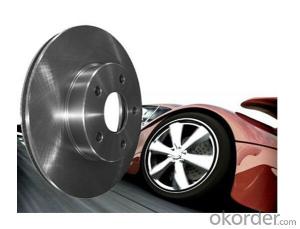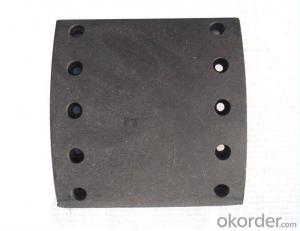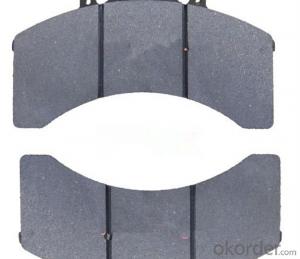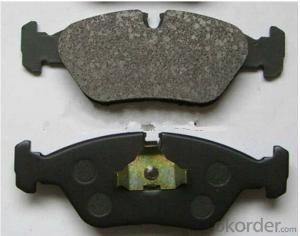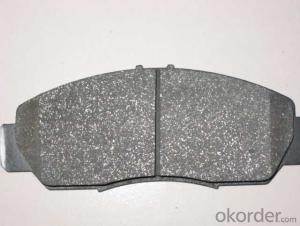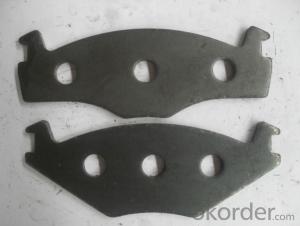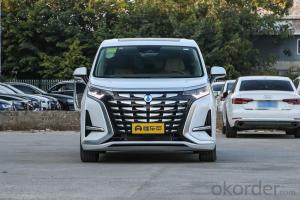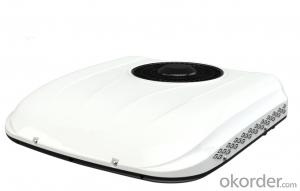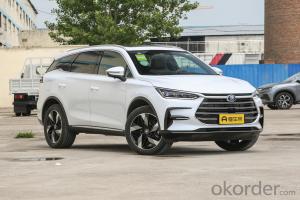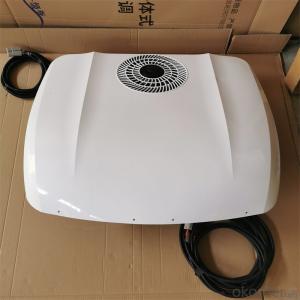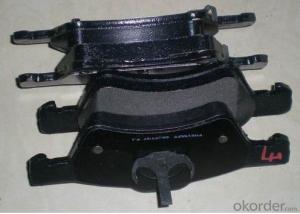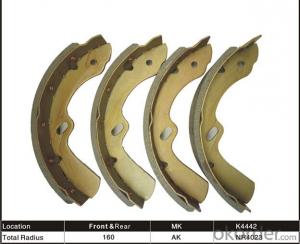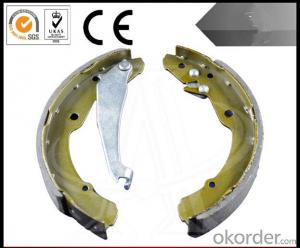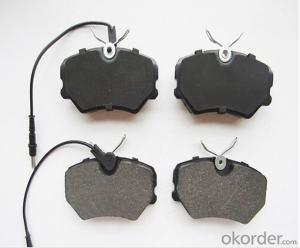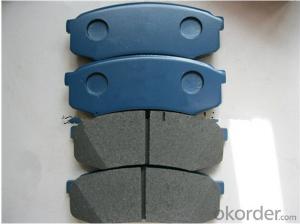Front Wheel Braking Cai Discs Rotor of 55072 (18060654)
- Loading Port:
- Qingdao
- Payment Terms:
- TT OR LC
- Min Order Qty:
- 100 set
- Supply Capability:
- 50000 set/month
OKorder Service Pledge
OKorder Financial Service
You Might Also Like
Product Details
Basic Info.
Certification:ECE
Type:Brake Discs
Material:Non-Asbestos
Position:Front
Export Markets:Global
Product Description
Brake disc
Standard: E-MARK
Origin: China
Features:
1) Hardness: 180-240HB
2) Long service life
3) 100% crucial dimension inspection
4) 100% qualification
5) Low noise
Standard for casting is G3000. Standard for machining is SAE-J431.
We use AIMCO# and OEM# and right now we have more than 1, 900 items that can be supplied to the aftermarket
AIMCO# | AIMCO# | AIMCO# | AIMCO# | AIMCO# | AIMCO# | AIMCO# |
3102 | 3438 | 5361 | 5588 | 8978 | 31163 | 31353 |
3104 | 3441 | 5362 | 5590 | 8979 | 31164 | 31354 |
3106 | 3444 | 5364 | 5593 | 8980 | 31165 | 31355 |
3107 | 3445 | 5365 | 5594 | 8981 | 31166 | 31356 |
3108 | 3446 | 5366 | 5595 | 8983 | 31168 | 31357 |
3110 | 3451 | 5367 | 5596 | 8984 | 31169 | 31358 |
3111 | 3452 | 5368 | 5598 | 8985 | 31170 | 31359 |
3112 | 3455 | 5370 | 5599 | 8986 | 31172 | 31360 |
3114 | 3457 | 5371 | 5601 | 8987 | 31173 | 31361 |
3116 | 3458 | 5372 | 5606 | 8988 | 31174 | 31362 |
3117 | 3459 | 5373 | 5607 | 8989 | 31175 | 31363 |
3118 | 3460 | 5374 | 5610 | 8990 | 31176 | 31364 |
3120 | 3462 | 5375 | 5614 | 8991 | 31177 | 31365 |
3122 | 3464 | 5376 | 5617 | 8992 | 31178 | 31366 |
3123 | 3466 | 5377 | 5618 | 8993 | 31179 | 31367 |
3124 | 3467 | 5378 | 5703 | 8994 | 31181 | 31368 |
3125 | 3468 | 5379 | 5704 | 8995 | 31182 | 31369 |
3126 | 3469 | 5381 | 5712 | 8996 | 31184 | 31370 |
3130 | 3470 | 5382 | 8101 | 8997 | 31185 | 31371 |
3132 | 3471 | 5383 | 8105 | 8998 | 31186 | 31372 |
3133 | 3472 | 5386 | 8106 | 8999 | 31188 | 31373 |
3134 | 3477 | 5387 | 8108 | 31000 | 31189 | 31374 |
3136 | 3479 | 5388 | 8109 | 31001 | 31192 | 31375 |
3137 | 3480 | 5389 | 8124 | 31002 | 31193 | 31376 |
3138 | 3482 | 5393 | 8141 | 31003 | 31197 | 31377 |
3140 | 3483 | 5394 | 8146 | 31004 | 31198 | 31378 |
3141 | 3485 | 5395 | 8147 | 31005 | 31199 | 31379 |
3146 | 3487 | 5396 | 8160 | 31006 | 31201 | 31380 |
3150 | 3488 | 5397 | 8163 | 31007 | 31202 | 31381 |
3151 | 3489 | 5398 | 8171 | 31008 | 31203 | 31382 |
3152 | 3497 | 5399 | 8173 | 31009 | 31204 | 31383 |
3153 | 3498 | 5401 | 8179 | 31010 | 31205 | 31384 |
3154 | 3502 | 5404 | 8190 | 31011 | 31208 | 31385 |


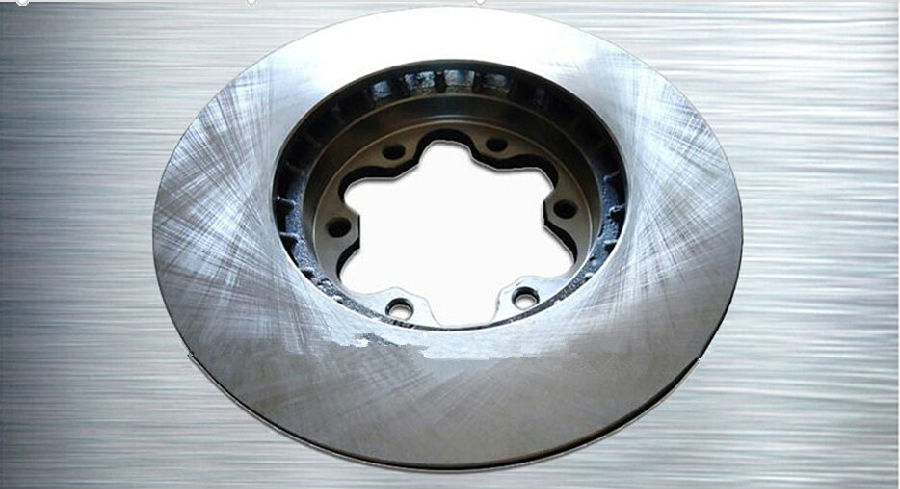
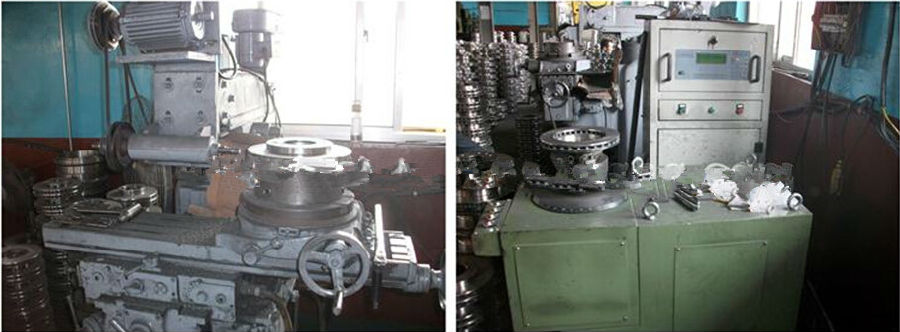
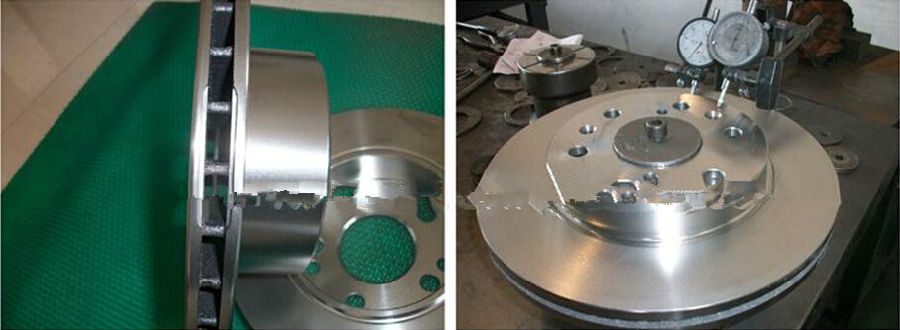

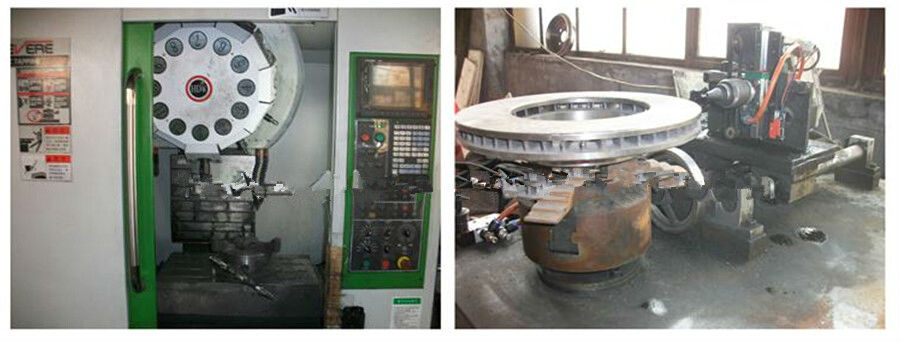

- Q:Say I'm In 5th gear headed for a red light. Can you please explain all of the steps of braking. Tell me if I have it right1. Pull in the clutch, down shift to 4th and ease off the clutch(without applying and throttle)2. Pull in the clutch, down shift the 3rd and ease off the clutch(with applying throttle)3. Pull in the clutch, downshift to 2nd, ease off the clutch and start applying both brakes and then downshift to 1st.I'm a new rider and my msf course didn't really explain engine braking when in 5th gear.
- im not sure if a dirtbike is the same as a street bike but on the dirtbike i usaully just ease off the throttle hold the clutch in and apply the brake when at the stop sign or red light...but you should probably wait for a person who rides a street bike to answer...i tried to help sorry if it didnt help
- Q:125 pedal motorcycle after the rain, after the brake failure is what reason
- is due to a serious overload, under the action of gravity acceleration, increased vehicle inertia, a direct result of brake failure.
- Q:it‘s for a physics presentation about the impulse eqaution related to professional motorcycle racing:[ F(?t) m(Vf – Vi)] weight of motorcycle: 148kgweight of rider: 63kgVi:320km/hVf:105km/hspace of braking:338metersTime of braking:6.4secwith the impulse equation will i calculate the forces on the rider or the bike?do i have to solve for F to get the forces i need to show?do these forces come out to be in Newton or some other label?i‘m sorry for my english it‘s not my first language and i find physics very hard!!!
- Think of the rider and bike as one thing. and *sigma*F ma is all you need to get the force due to acceleration. EF 211kg*a a (Vf - Vi)/t a 59.7222./6.4(if you want newtons you need to convert the units) a -9.332 m/s^2 EF 211kg*-9.332 m/s^2 EF 1968.97Newtons being exerted on the bike and rider.
- Q:i‘m having trouble in riding and balancing my motorcycle and which brake to use in city traffic: rear or front? and can‘t turn my bike properly on u-turn and so resulting to hit other vehicles or walking people roadside especially at short tight turns,and please do tell in traffic to every stop and start should we have to find neutral or can we move and stop in second gear by just pulling the clutch in? Please give me some techniques. . .thanks :)
- Mr. Fester Frump has given the perfect answer
- Q:upshifting and downshifting, how to know when to shift, how to shift when slowing down while applying the brake?
- Some things are easier to do than to understand. Once you start doing them, you'll understand them better. Basically you want to keep the engine in a certain range of RPM. Lower than that range and can feel the engine isn't 'happy', it doesn't run smoothly and it doesn't make a lot of power. Above that range you can damage the engine (or blow it up altogether). So if your engine is 'lugging' (going too slow), you shift down and it instantly feels better. If the engine is screaming, or you're getting near the redline on the tach, you shift up. Engines that will easily go above the redline usually have some kind of electronic limiter on them so you -can't- over-rev them. After a while you can -feel- when you need to shift, and a little while after that it becomes automatic and you might not even realize you're doing it. The clutch simply disconnects the engine from the transmission. You pull it in to shift, then let it back out. You can also hold the clutch in while you're stopped at a light. And to start from a standing stop you pull the clutch in to shift from neutral to first, then let it out slowly and carefully to get moving. You can also downshift to slow down. This is sometimes called 'engine braking' because you are using the engine to slow down. You do this in a corner or a curve, because you need to slow down, then speed up again. So you shift down a gear, or maybe two, and let the clutch back out, and that slows you down. Then when you want to speed up again, you're already in the appropriate gear. As I said, this sounds a lot more complicated than it really is. On a motorcycle, more than perhaps any other motorized conveyance, you are listening to the engine, feeling the engine. The engine is keeping you company! The engine will tell you when you need to shift, and you will gain skill with the clutch just through practice.
- Q:having problem bleeding back brakes on my motorcycle
- Fill reservoir Crack torque on caliper fitting with socket. (Just enough so you don't strip it with wrench.) Using wrench ensure fitting is closed (not tightened to torque spec.) Install drainage tube. Pump brake lever multiple times and hold Crack open bleeder. Allow air bubbles out and old fluid to drain. Close fitting Repeat last 3 until brake lever has desired feel. Sometimes I'll crack open the bleeder and just let it sit for a while. Hour or so. Pump the pedal a couple time during that period. Other times I'll crack the torque on the banjo bolt, as air might be trapped there. Tap on the pots and brake lines with the wrench to help dislodges bubbles. Maybe bleed it a little, just enough, then take it for a short spin. Get's everything hot and flowing. Rebleed. Reride. Rebleed. (Over the course of a week or something like that.) There's always the vac-u-jack at Harbour Freight, too. Mity Mite?
- Q:is it a good idea to get the ABS brakes on a motorcycle?
- It's an expensive option, and they still can't match a trained hand and foot. I am inclined not to get ABS. Especially models that link brakes together. When you want only the front brake, they actuate the rear, and when you want the rear they actuate the front. What possible use is that? And all too often you go over the bars because of it.
- Q:I‘m 16 years old and am going to get my car and motorcycle license in about half a year. Although I don‘t have experience on the road by myself. I feel confident in my abilities and am eager to start on a 2008 Honda CBR600rr. I‘m not looking for people to tell me Oh you shouldn‘t start on a 600cc bike. Rather I‘m looking for tips and advice to improve my knowledge of what and what not to do. I have never driven a motorcycle yet but will definitely take the safety courses and be responsible in learning to ride the CBR600rr. Any advice from starting up the bike, to riding it on a main highway wIll be appreciated. Thanks in advance.
- Great choice! As for a motorcycle, ride like a normal person. Don't try to impress others by doing wheelies or burnouts. People don't really care if your bike can do a burnout or wheelie. You need to be very experianced when doing a wheelie. Sure it looks easy, but if you land down at the slightest angle, your done. Don't tailgate, wear your gear, don't mess around with cars(brake check etc.), don't speed, and don't race. Take a MSF course so you know how to handle situations if they appear. When riding on the main highway stay to the right of the lane you are in. That way anybody who is merging will be more likely to see you. Don't ride in the center, as there could be oil slicks or debris. Also, always be aware of your surroundings, if you find yourself boxed in by cars, get out of there ASAP. The less cars around you, the more space you have to move around if anything does happen(for example, somebody moves into your lane). Also, get a visible helmet along with gear. Get a visible color on your bike too(get any color but black). The helmet is the first thing a person focuses on because it is the highest point of the bike.
- Q:It seems that I only know what a street bike and road bike is, what are the other ones called?
- There are two basic types of motorcycles - off-road and street bikes. An off-road bike doesn't have a headlight, therefore it can not be licensed for use on the street. I'm sure there are multiple variations of off-road bikes, but I won't pretend to know what they all are. Then there are street bikes. All that means is they have a headlight, brake light, turn signals and a place to hang a license plate With the types of street bikes currently on the market they largely break down into cruisers, sport bikes and dual-sport. Cruisers are bikes that are more of an old-school style motorcycle, Harley Davidson, Honda Shadow, Yamaha V-star are examples of cruises. Sport bikes are the more modern / sleek style of bikes that first started to hit the market in the early 1980's. Yamaha R6/R1, Honda CBR are examples. These came out of the motorbike road racing world, the kind where you see the guys laid over with knee touching the ground in a turn. Dual-sport is starting to become more popular, these are bikes that can be used for either on-road or off-road. The BMW GS models are an example of these, however Suzuki, Triumph and other manufacturers build these too. Dual sport bikes are what the lads rode in the TV shows Long way around and Long way down. Then you've got variations on at least cruisers and sport bikes. I consider a chopper to be a variation on a cruiser. Take Harley Davidson for example, they only make cruisers but they have 20 some odd different models. There are touring cruisers like a Harley Davidson Classic or Road Glide or Honda Goldwing. Then with sport bikes you've got something called sport touring bikes, which is basically a sport bike with a more upright seating posture along with some form of saddlebags (a.k.a. panniers). Examples of Sport Touring bikes are Honda ST1300, Yamaha FJR, BMW K1600GT.
1. Manufacturer Overview |
|
|---|---|
| Location | |
| Year Established | |
| Annual Output Value | |
| Main Markets | |
| Company Certifications | |
2. Manufacturer Certificates |
|
|---|---|
| a) Certification Name | |
| Range | |
| Reference | |
| Validity Period | |
3. Manufacturer Capability |
|
|---|---|
| a)Trade Capacity | |
| Nearest Port | |
| Export Percentage | |
| No.of Employees in Trade Department | |
| Language Spoken: | |
| b)Factory Information | |
| Factory Size: | |
| No. of Production Lines | |
| Contract Manufacturing | |
| Product Price Range | |
Send your message to us
Front Wheel Braking Cai Discs Rotor of 55072 (18060654)
- Loading Port:
- Qingdao
- Payment Terms:
- TT OR LC
- Min Order Qty:
- 100 set
- Supply Capability:
- 50000 set/month
OKorder Service Pledge
OKorder Financial Service
Similar products
New products
Hot products
Hot Searches
Related keywords


